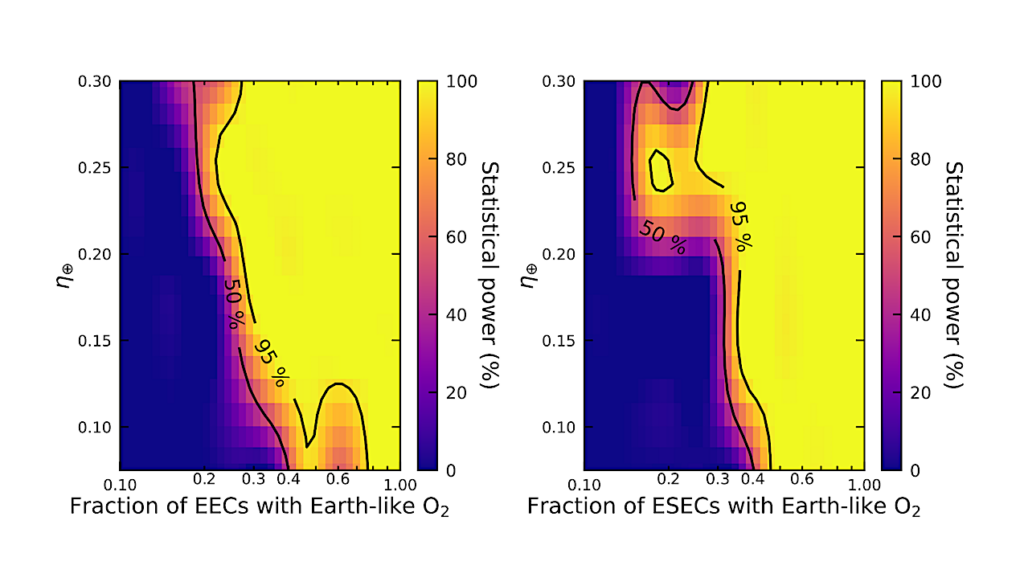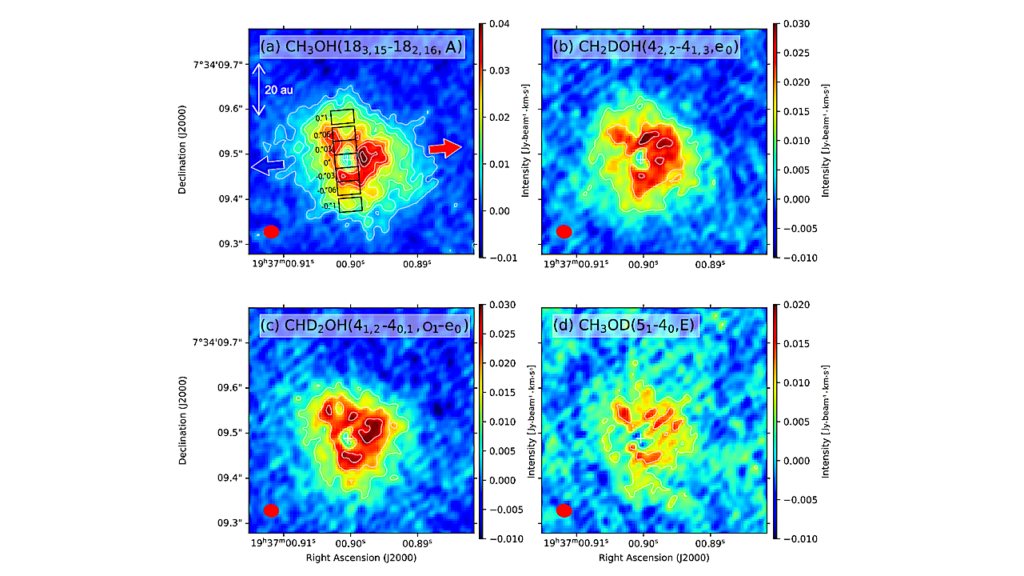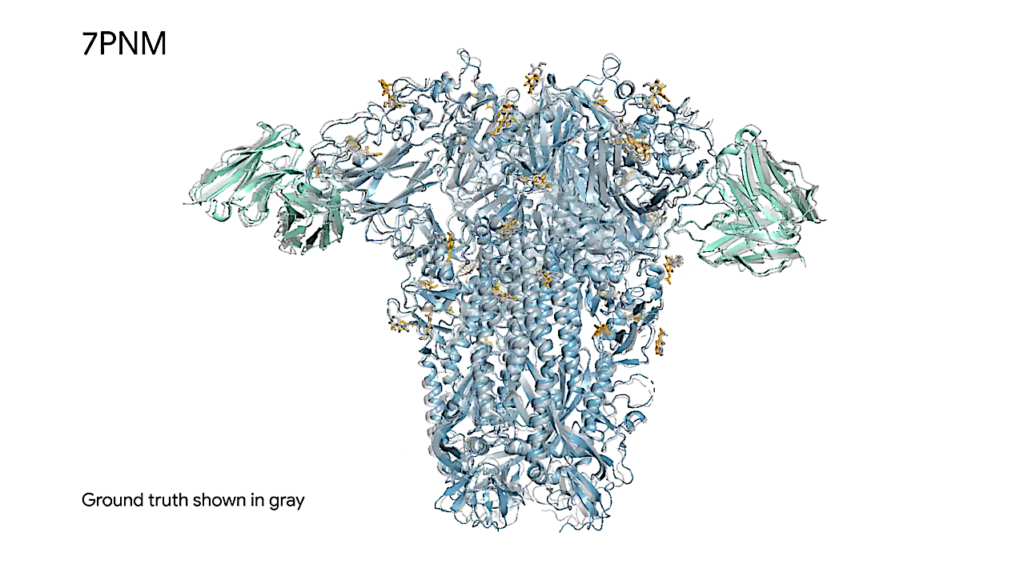Uncovering A Multibillion-year Epic Written Into The Chemistry Of Life

The origin of life on Earth has long been a mystery that has eluded scientists. A key question is how much of the history of life on Earth is lost to time.
It is quite common for a single species to “phase out” using a biochemical reaction, and if this happens across enough species, such reactions could effectively be “forgotten” by life on Earth. But if the history of biochemistry is rife with forgotten reactions, would there be any way to tell? This question inspired researchers from the Earth-Life Science Institute (ELSI) at the Tokyo Institute of Technology, and the California Institute of Technology (CalTech) in the USA. They reasoned that forgotten chemistry would appear as discontinuities or “breaks” in the path that chemistry takes from simple geochemical molecules to complex biological molecules.
The early Earth was rich in simple compounds such as hydrogen sulfide, ammonia, and carbon dioxide – molecules not usually associated with sustaining life. But, billions of years ago, early life relied on these simple molecules as a raw material source. As life evolved, biochemical processes gradually transformed these precursors into compounds still found today. These processes represent the earliest metabolic pathways.
In order to model the history of biochemistry, ELSI researchers – Specially Appointed Associate Professor Harrison B. Smith, Specially Appointed Associate Professor Liam M. Longo and Associate Professor Shawn Erin McGlynn, in collaboration with Research Scientist Joshua Goldford from CalTech – needed an inventory of all known biochemical reactions, to understand what types of chemistry life is able to perform. They turned to the Kyoto Encyclopedia of Genes and Genomes database, which has catalogued more than 12,000 biochemical reactions. With reactions in hand, they began to model the stepwise development of metabolism.
Previous attempts to model the evolution of metabolism in this way had consistently failed to produce the most widespread, complex molecules used by contemporary life. However, the reason was not entirely clear. Just as before, when the researchers ran their model, they found that only a few compounds could be produced. One way to circumvent this problem is to nudge the stalled chemistry by manually providing modern compounds. The researchers opted for a different approach: They wanted to determine how many reactions were missing. And their hunt led them back to one of the most important molecules in all of biochemistry: adenosine triphosphate (ATP).

To construct a model of the evolutionary history of metabolism at the biosphere scale, the research team compiled a database of 12,262 biochemical reactions from the Kyoto Encyclopedia of Genes and Genomes (KEGG) database. CREDIT Goldford, J.E., Nat Ecol Evol (2024)
ATP is the cell’s energy currency because it can be used to drive reactions – like building proteins – that would otherwise not occur in water. ATP, however, has a unique property: The reactions that form ATP themselves require ATP. In other words, unless ATP is already present, there is no other way for today’s life to make ATP. This cyclic dependency was the reason why the model was stopping.
How could this “ATP bottleneck” be resolved? As it turns out, the reactive portion of ATP is remarkably similar to the inorganic compound polyphosphate. By allowing ATP-generating reactions to use polyphosphate instead of ATP – by modifying just eight reactions in total – nearly all of contemporary core metabolism could be achieved. The researchers could then estimate the relative ages of all common metabolites and ask pointed questions about the history of metabolic pathways.
One such question is whether biological pathways were built up in a linear fashion – in which one reaction after another is added in a sequential fashion – or if the reactions of pathways emerged as a mosaic, in which reactions of vastly different ages are joined together to form something new. The researchers were able to quantify this, finding that both types of pathways are nearly equally common across all of metabolism.
But returning to the question that inspired the study – how much biochemistry is lost to time? “We might never know exactly, but our research yielded an important piece of evidence: only eight new reactions, all reminiscent of common biochemical reactions, are needed to bridge geochemistry and biochemistry, says Smith.” “This does not prove that the space of missing biochemistry is small, but it does show that even reactions which have gone extinct can be rediscovered from clues left behind in modern biochemistry,” concludes Smith.
Reference
Joshua E. Goldford1,2,3,,#, Harrison B. Smith3,4,#, Liam M. Longo3,4,#, Boswell A. Wing5, and Shawn Erin McGlynn3,4,6,, Primitive purine biosynthesis connects ancient geochemistry to modern metabolism, Nature Ecology & Evolution, DOI: 10.1038/s41559-024-02361-4
Division of Geological and Planetary Sciences, California Institute of Technology, Pasadena, CA, USA
Physics of Living Systems, Massachusetts Institute of Technology, Cambridge, MA, USA
Blue Marble Space Institute of Science, Seattle, WA, USA
Earth-Life Science Institute, Tokyo Institute of Technology, Tokyo, Japan
Department of Geological Sciences, University of Colorado, Boulder, CO, USA
Biofunctional Catalyst Research Team, RIKEN Center for Sustainable Resource Science, Wako, Japan
Astrobiology








